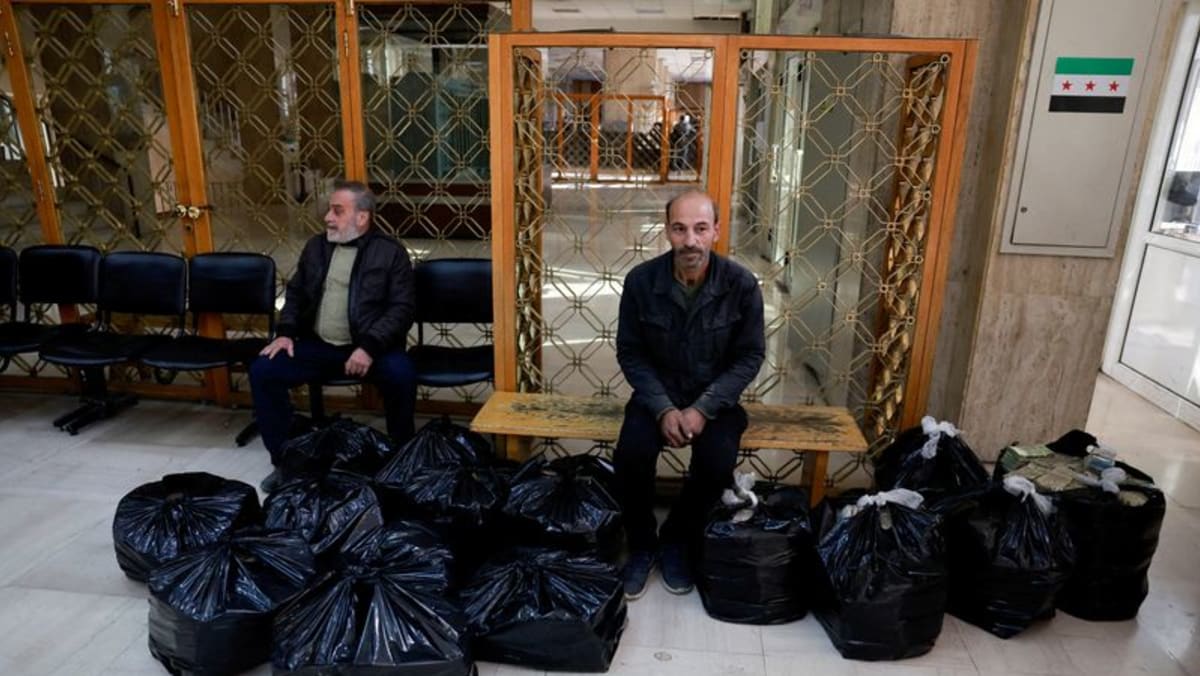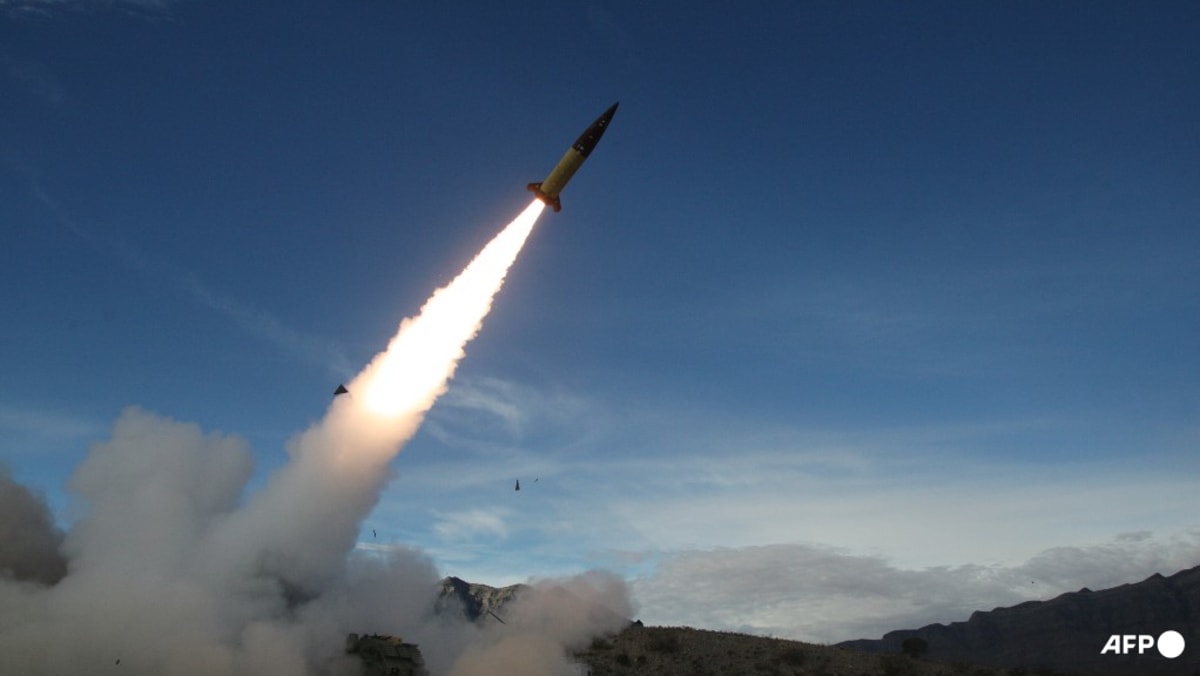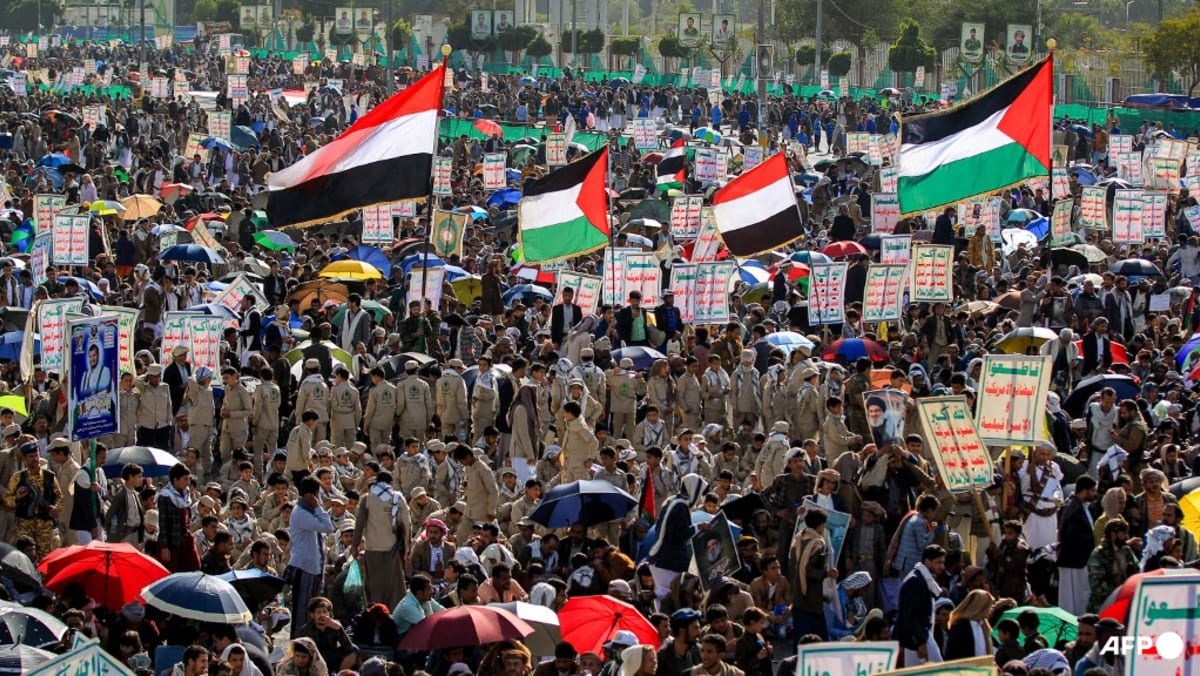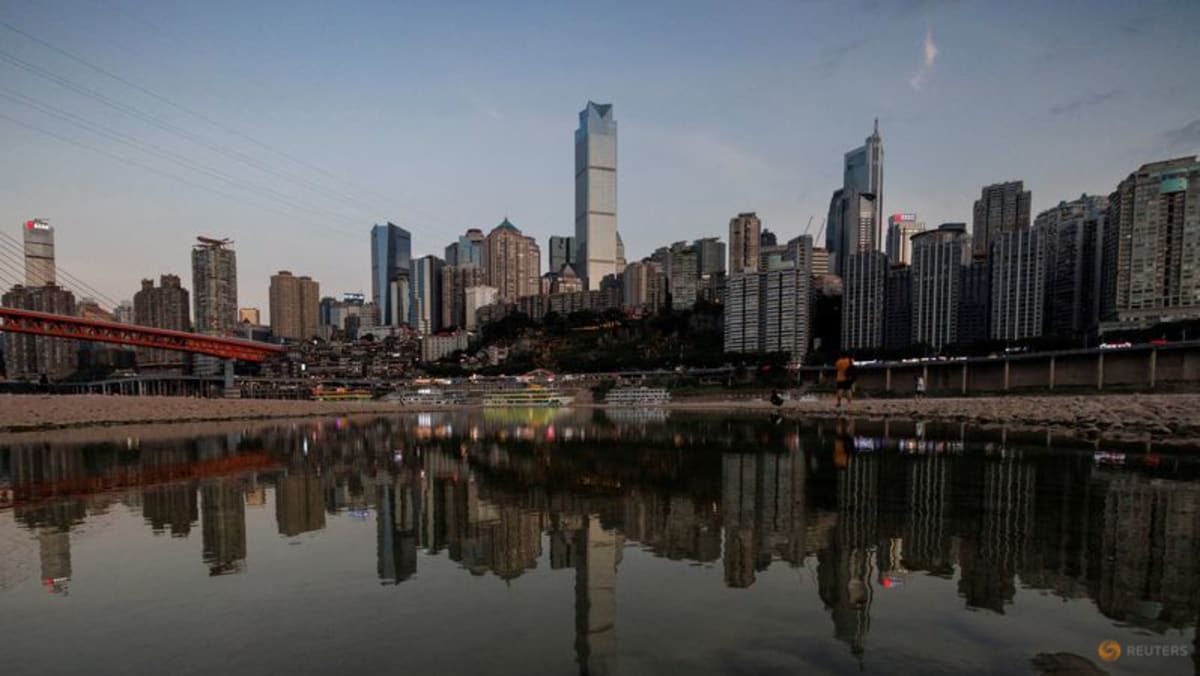ADELAIDE, Australia: About 10 years ago, while working at Badrutt’s Palace Hotel in the Swiss town of St Moritz, I was shocked to learn a guest once requested an elephant be brought in to deliver a birthday gift to his wife. And the hotel made it happen, squeezing the elephant into the lobby.
This over-the-top gesture symbolised what luxury travel once meant: Wealth and power, expressed through grand displays. Think millionaires and billionaires in lavish suites and on private yachts, enjoying exclusive services most of us would never dream of, let alone actually ask for.
Consulting group McKinsey defines the luxury traveller as someone prepared to spend US$500 or more per night on accommodation.
But luxury tourism is evolving. Thanks to demographic shifts, sustainability concerns, and a post-pandemic desire for connection, luxury travel has become more personal and meaningful. And luxury travellers these days aren’t always the super rich elites.
Despite the cost-of-living crisis, luxury travel is booming. So, what’s driving this growth and how is luxury travel changing?
A TRILLION-DOLLAR INDUSTRY
The luxury travel sector has shown remarkable resilience, even during economic downturns and the COVID-19 pandemic. Globally, it is projected to grow from US$1.4 trillion in 2024 to US$2.2 trillion by 2030.
The Asia-Pacific region is leading the surge at a compound annual growth rate of 8.6 per cent (a way of measuring growth that assumes profits are reinvested) from 2024 to 2030.
In Australia, the trend is similar: The luxury travel market generated US$37.4 billion in 2023 and is forecast to reach US$70 billion by 2032.














